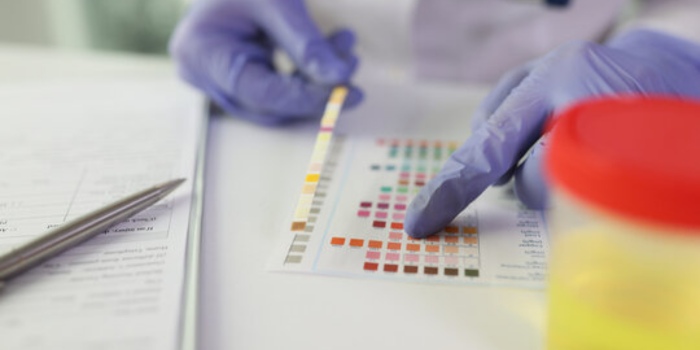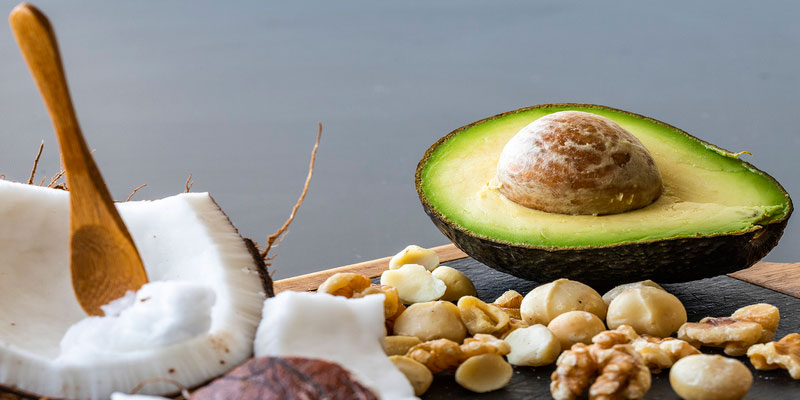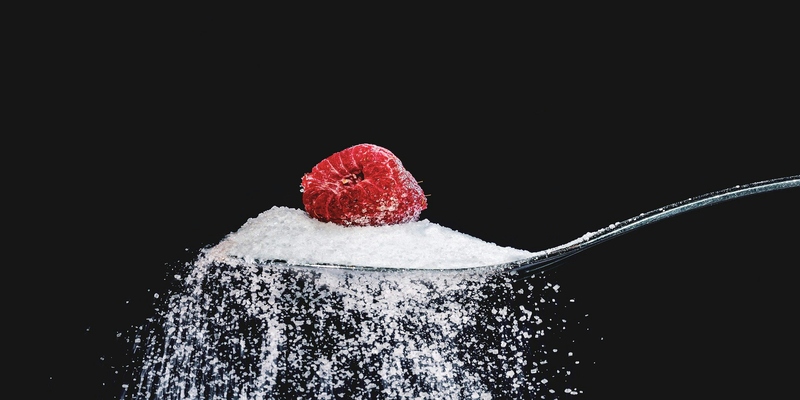You may notice different urine colors from time to time, which is the result of nutrients we intake. Certain health issues like kidney stones or liver diseases may also cause urine color changes. To check what health issues are linked to these changes, there is a urine color chart.
If you experience a severe color change, you must see a doctor for treatment. But how do you know the abnormal urine color? For this, we discussed different urine colors and the causes of the color change. We also explained the health issues linked to certain urine colors.

Understand The Urine Color Chart
This chart is helpful to see whether you need to see a doctor or not. The colors explain whether your urinary tract or liver is working fine or not.
This urine color ranges from colorless, dark yellow to red. Here are 10 different urine colors having different meanings. So, know the meaning of each color by reading the following chart.
Clear Urine
Colorless or clear urine means your body is well hydrated or you are drinking excessive water. In this condition, your blood becomes diluted and lowers the salt content and electrolytes. To balance the salt and water proportion, your body eliminates excess water via urine.
Because of less salt and excess water in the urine, it becomes colorless. But, this color may also be because of certain health issues. It is a severe health issue if your kidney fails to filter urine properly. The following are the reasons that may cause colorless urine.
- Diabetes
- Hyponatremia
- Diabetes Insipidus
- Pregnancy
If the urine is colorless for three consecutive days, it is recommended to see a doctor for a checkup. But if the color doesn't persist, it means you drink excessive water frequently. In this condition, the issue will be resolved by drinking an adequate amount of water.
Cloudy Pee
In the urine color chart, this color means you may have issues relevant to your urinary tract. There are also other reasons that cause cloudy pee like dehydration, kidney problems, infection, etc. However, the most common cause of cloudy urine is Urinary Tract Infections (UTI).
This color is normally because of the urinary tract pus which discharges with urine. There is also a pile of white blood cells in the urine formed as a result of invading bacteria elimination. Other reasons for this urine color are as follows:
- Dehydration
- Vaginitis
- Kidney Stones
- Diabetes
- Prostatitis
Orange Pee
The most common reason for having orange pee is dehydration. But it may also be due to health issues like liver diseases, issues with your bile duct or medications like Pyridium, Azulfidine, etc. There are also certain vitamins like riboflavin that can turn your urine color orange.
Eating foods rich in beta-carotene, like pumpkin, carrots, or papaya, may also lead to orange pee. You may avoid frequent eating of these foods to have a normal urine color. If the color persists after avoiding food and drinking water, it is recommended to see a doctor.
Dark Yellow Urine
In the urine color chart, this color is considered a normal color that needs a little more hydration. You must drink more water to be hydrated when having dark yellow urine.
However, you may drink at least 6-8 glasses of water per day. However, if the color persists, it will turn brown, indicating the liver issue. In such conditions, it is advised to see a doctor for a checkup.

Brown Urine
The common cause of brown urine is severe dehydration, but it may also be a sign of liver disease. Some medications like sennosides, flagyl, or methyldopa are also responsible for making your urine darker.
Eating certain foods may cause brown urine, including aloe vera, rhubarb, fava beans, etc. Sometimes, extensive exercise may result in exertional hematuria, turning your urine color brown.
Black Urine
This urine color means you have a rare inherited disease, Alkaptonuria. In this disease, the body cannot break down two amino acids: tyrosine and phenylalanine. This causes the accumulation of homogentisic acid in the body, turning the urine color black.
You may see a doctor about having black urine as it is a clear sign of inherited disease. If you don't get treated, your body will show severe signs like kidney stones and breathing difficulties.
Green Urine
This color in the urine color chart is mostly because of eating certain foods and taking medications. It is rare to have this urine color because of any disease. The foods that can cause green urine include food color, green vegetables, or a dye named methylene blue present in most candies.
However, the medications include amitriptyline, promethazine, cimetidine, vitamin B supplements, and indomethacin. There are rare conditions when the green urine is caused by UTI. Thus, if this urine color persists for 3 consecutive days, you must see a doctor.
Moreover, the presence of Pseudomonas bacteria and fistula in the intestines may also cause green urine. If you aren't having any medical issues, you can eliminate this color by minimizing the eating of foods causing green urine.
Red Urine
If you are having red urine, it means there is blood in your urine. Many reasons are here that can cause blood in the urine. These include UTI, kidney stones, tumors, cysts, etc. In such conditions, you may also experience painful urination along with blood.
However, there are certain foods like beets or blueberries that can cause red urine if eaten excessively. Inherited blood diseases like sickle cell anemia and thalassemia can cause your urine to be red. Thus, if you are eating red foods excessively, avoid eating them. In other cases, visit the doctor to know what disease is causing your urine to be red.

Conclusion
A urine color chart is helpful in indicating different health issues and body requirements. The normal urine color is bright to dark yellow, but you should see a doctor for other colors. The worst are the dark colors like black or red. You must see a doctor for the treatment of these urine colors.








